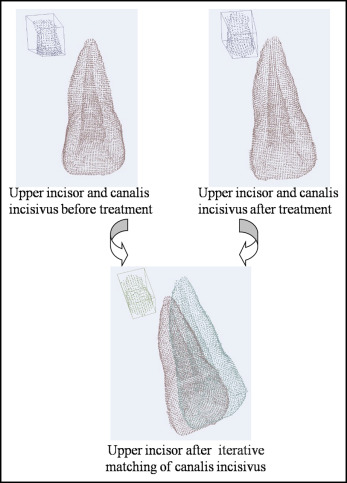


#Ortho genes extract software skin#
VEGF can stimulate skin fibroblasts and promote scar tissue formation by means of various mechanisms. In the remodeling step, fibroblasts deposit collagen and other ECM proteins modify the immature collagen matrix into mature scar tissue. Previous studies have recommended that VEGF plays an important role in angiogenesis, epithelization and collagen deposition during wound closure. VEGF-A (also known as VEGF) is created by several cells as well as endothelial cells, fibroblasts, smooth muscle cells, platelets, neutrophils, and macrophages. TGF-β1 is accompanied by VEGF and basic fibroblast growth factor which motivate angiogenesis. Fibroblasts collaborate with myofibroblasts to produce extracellular matrix (ECM), collagen and matrix proteins, such as fibronectin. TGF-β1 stimulates fibroblasts, which differentiates into myofibroblasts. TGF-β1 also contributes to the migration, growth, diversity, and motivation of fibroblasts. Fibroblasts are the main cell in all phases particularly, the proliferative phase of wound closure. The effect of cytokine is almost never limited to one single phase of the healing progression. TGF-β1 suppresses severe inflammation and may therefore endorse the switch to a reparative phase. TGF-β1 recruits neutrophils and fibroblasts to the site of damage at the inflammatory phase of wound healing. Several cells such as platelets, macrophages, and T cells produce TGF-β1, which is an effective incentive of fibroblasts. These interactions are controlled by multiple cytokines and growth factors, as well as transforming growth factor-beta 1 (TGF-β1), and vascular endothelial growth factor (VEGF). The renovation of tissue veracity is due to cell–cell and cell–matrix interactions. Wound healing process can be divided into four overlapping phases: Homeostasis, inflammation, proliferation, and remodeling.


 0 kommentar(er)
0 kommentar(er)
